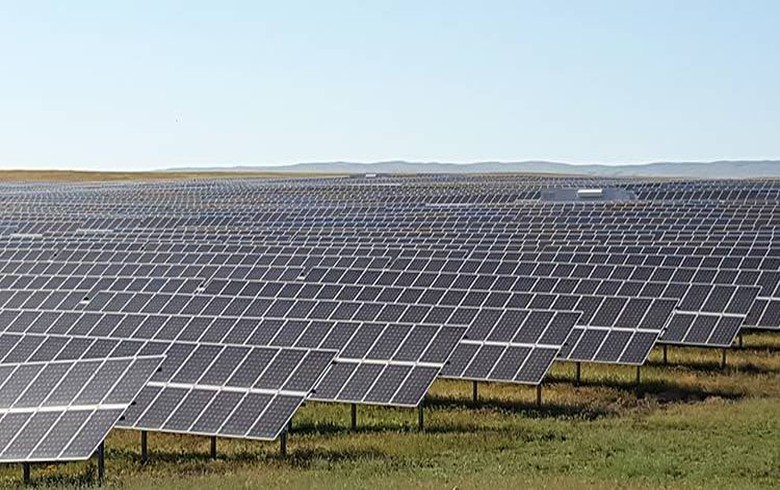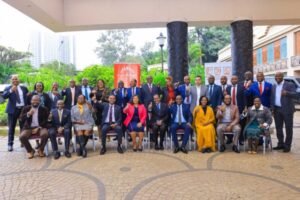
The 82.7 megawatts from the project pushed Kenya above Iceland to position eight in the global rankings as the country continues its advancement towards green energy.
The power plant also helped Kenya Electricity Generating Company, KenGen, post a 98 percent increase on its profit after tax to hit Sh8.17 billion for the first half of the 2019/2020 financial year ending December 2019. KenGen also realized a 127 percent growth in other income, from Sh211 million in 2018 to Sh479 million for the six months ended December 31st, 2019.
That Kenya is a powerhouse in renewable energy has been confirmed by its listing among the top five fastest-growing solar energy markets in Africa last year.
According to an analysis by Solar Plaza International BV, the five countries contributed a combined 1,067 megawatts of newly-installed photovoltaic (PV) capacity within a year.
Kenya is number three with a 245 percent increase, or 55MW, from its 2017 figure of 38MW to 93MW last year.
Murang’a Solar Plant
The factory will be located within KenGen Tana Power Station in Murang’a, in an existing warehouse. This is a resource-saving plan while delivering altogether.
“The new solar PV panel plant is expected to have 5MWe to 10MWe (peak electrical power) yearly production capacity,” says KenGen.
The electricity producer has floated an international tender inviting firms to bid for the construction of the plant. The successful company will design, supply, install, train and commission a silicon-based solar PV panel production plant.
It will also provide enough solar PV panel materials for the initial production and also train KenGen staff for on-site and off-site operation and maintenance of the plant. Interested companies visited the site on March 18 and will submit proposals by April 15.
KenGen Solar Power
KenGen’s announcement comes at a time that local and foreign investors are excited about the prospects of growth in the solar power industry in Kenya.
According to the International Energy Agency (IEA), solar power—which is expanding faster than all other renewables combined —and wind power are the two clean energy sources with the biggest global growth.
Solar power is seen as an option for rural electrification and decentralized applications. Kenya has high insolation rates, with an average of five to seven peak sunshine hours and average daily insolation of four to six kWh/m2. About 10 to 14 percent of this energy can be converted into electricity.

Solar systems for households and public institutions have been subsidized as the government aims to install an additional 500MW and 300,000 domestic solar systems by 2030.
Wind and solar power producers, however, face uncertain times after the State announced a freeze on the signing of new large power purchase agreements.
The Energy Ministry said last year Kenya would freeze deals with power generators from the two intermittent sources.
Energy secretary Charles Keter said there is a need to balance the level of the intermittent sources of power — wind and solar — in the national grid to guarantee stability.
“The freeze on new power purchase agreement will mainly affect wind and power producers since they are not very stable sources and we cannot afford to have a huge portion of our generation mix from them,” he said.
LONG ROAD AHEAD
The first major investment of 600kW grid-connected solar PV at Strathmore in April 2014 was a game-changer as it was the first to use a negotiated FiT for solar PV.
This was followed by a notable investment by Solar Africa in East Africa’s largest solar hybrid of 991kW in Malindi with Krystalline Salt being the off-taker.
All these were building up to the largest solar PV plant in East and Central Africa and the first utility-scale solar plant in Kenya, of 55MW, at Barki Village in Garissa.
So far, the renewable industry in general and solar PV sector specifically have their work cut out for them.
The challenges of scale can be better addressed by designing strategies and executing them in alignment with government commitment to the renewable industry.
The Energy Bill 2017, enacted in March 2019, provides for a net-metering scheme for households with the possibility of community solar projects. KenGen is the people’s choice and hope.




















